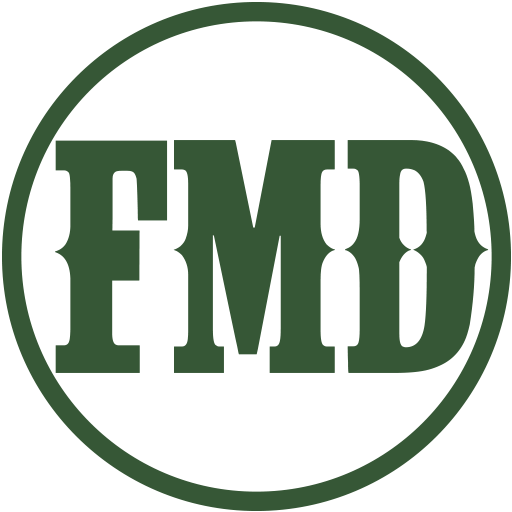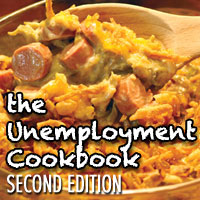by Molly Jo Realy @MollyJoRealy
“So, what do you write?”
It’s the question we all get. At meetings, conferences, gas stations. Any time we are introduced as a writer. And our books are just as individual as we are.
Sure, there’s some common ground: We all breathe some form of air. We’re all (mostly) human. And I think~I mean I’m not willing to put money on it~but I’m pretty sure 90% of us are made up of coffee and ink in the veins. If I’m wrong, don’t tell me.
Let’s be real. Mommas don’t love all their children the same. We may love them the same amount, but we love them each individually, uniquely. The same for our projects, yes? Each one is special for its own special reasons. And when our stories have their own quirks, well, it can be hard to describe to someone who’s not a part of the family. But then imagine that your child is so extraordinary that no common description will do. “She is tall, lovely, blonde with brown eyes.” Uhm. Yeah. So are a billion other people in the world. Let’s narrow it down some. Okay. “She doesn’t like coffee.” Wait. Did I really give birth to her? “She’s a cat lover.” “Likes to travel.” “Generous spirit.” “Was born in California.” See? Once you start giving more detail, the drill-down shows you the uniqueness. Or I could just cut to the chase. “She’s a go-getter with wanderlust.” Interested? Yup. So’s her husband.
So imagine how hard it is to tell someone the uniqueness of your novel in a way that captures their attention, and respects the elevator-pitch rule.
The “elevator pitch” is a very short synopsis of your story. You have approximately twenty seconds to tell someone (usually an agent or publisher) your idea and get them interested before the elevator doors slide open and they exit.
NOLA is a location mystery set in New Orleans, about a disenchanted woman who runs away from her terrible life in California and falls in love with a man who may or may not have killed his first wife.
Bam. There it is.

Frankly, My Dear . . . : That One Time I Created a Location Mystery Sub-Genre
The two questions I usually get are, “What’s a location mystery?” and “How do you research?”
I’m so glad y’all asked.
Sit on back and I’ll tell you.
A location mystery is a story where the setting is so integral to the plot, it’s a character in itself. You simply cannot tell the story in any other location. It will not work.
NOLA is full of culture, climate, music, food, mythology, weather, local customs, and dialect. Now, y’all know I won’t be writing “y’all” when I work on CENTRAL. No, ma’am. That one will be full of fuggedaboutits and youztalkingtome kind of lingo. NOLA has beignets and chicory coffee. CENTRAL will have Brooklyn-style pizza.

Frankly, My Dear . . . : That One Time I Created a Location Mystery Sub-Genre
Researching NOLA has been incredible fun. Making sure to keep it as a location mystery is even funner. [NOTE TO SELF: Dig out your T-shirt that reads, “FUNNER: gooder than just fun.”] [SECOND NOTE TO SELF: do the laundry.]
Locations are what ground your story. It’s where the action is. If you don’t know where your story takes place, neither will your reader.
There are five things I recommend for researching any location you’re writing about:
- Google Earth. This great app allows you to see real images both from a bird’s-eye perspective and eye- (or street-) level. You can “pin” distances, plot out routes and maps, and get a true visual of what the setting of any real place looks like. I was able to take Josie on a street car ride, a city bus, and a walk all through Google Earth.
- Tourism boards. Contact your location’s tourism department through Twitter. Visit New Orleans has been instrumentally helpful with their quick responses to my questions. Where could Toni take Josie for lunch? How far away are the bayous? Is Lafitte’s Blacksmith Shop Bar really 200 years old? I asked, they answered. Often with links to more detailed information.
- Television and movies. I did a Roku search for “New Orleans” and found a plethora of programs to watch. Some gave me insight into character behaviors. Others showed the Crescent City documentary-style. Still others focused on food, fashion, crime, environment, weather.
- Music. Google or YouTube music and videos. Create a Pandora or other streaming station. Find out which bands came out of your location, and listen to them. Listen to a variety. I’ve always enjoyed Harry Connick, Jr. and Otis Redding. But my taste for Jazz has grown exponentially since starting NOLA. Zydeco music is a unique sound. And let’s not forget Honeyvibe from Baton Rouge. Now there’s some uplifting soul music, there.
- Other books and media. Read books in your genre, in your location. Read biographies. Documentaries. Novels. Travel magazines. Search the internet for articles. Get as much information as you can.
As you collect research, take notes. Take lots and lots of notes. Make notes on your notes. Maybe you don’t want to use this information now, but you can reference or change it later.
If you’re world-building for a fantasy novel, well, that’s a whole ‘nother post. Come find me next week and we’ll see what we can dream up.
In the meantime, grab yourself a sweet tea and an atlas and have at it.
Now I want to hear from you: What tips do you have for researching your novel locations?
For a more in-depth discussion, watch the Firsts in Fiction podcast episode Gross Anatomy of a Novel: Setting and Detail.
With a digital globe and wanderlust imaginings,
Happy (writing) travels.
~Molly Jo
And Frankly, My Dear . . . That’s all she wrote!









I found, particularly since my settings were overseas, that it was a good idea to stop in at embassies and make inquiries.
William Kendall recently posted..The Mill And The River